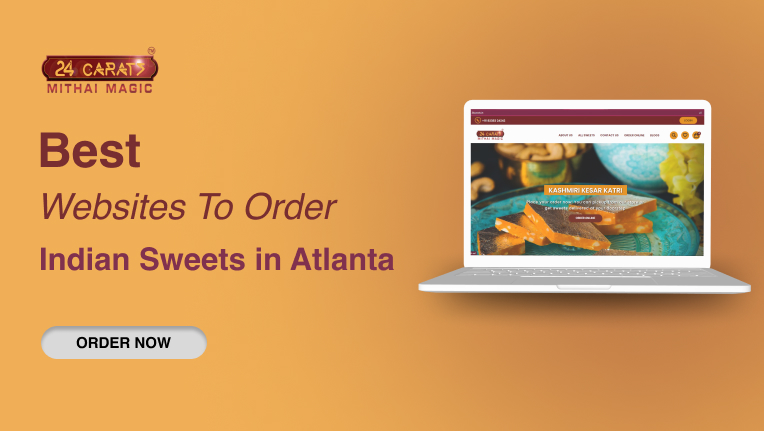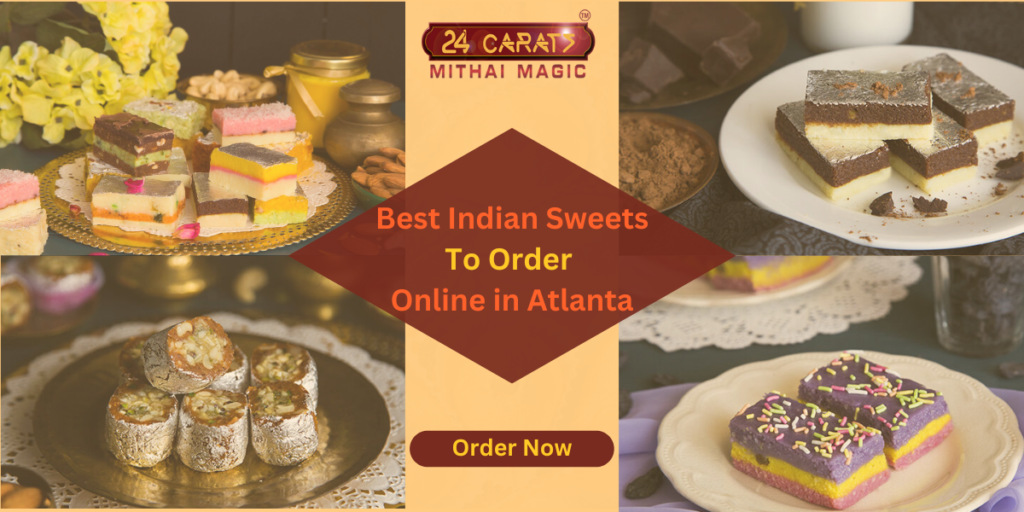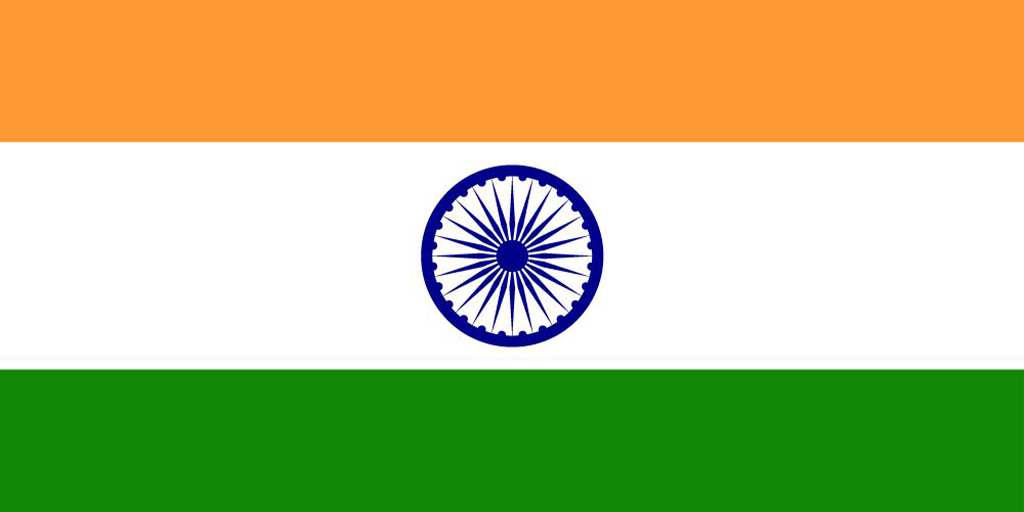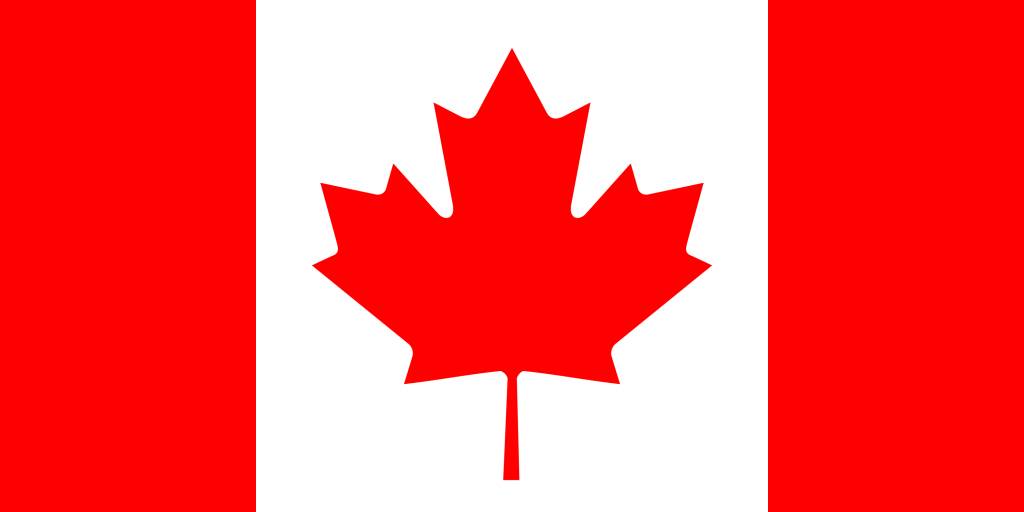Unraveling the Secrets of Indian Mithai: A Sweet Adventure in Indian Cuisine
Embark on a delectable journey through the flavors and traditions of Indian mithai, as we uncover the tantalizing secrets of this beloved sweet treat. From the bustling streets of Mumbai to the royal kitchens of Rajasthan, Indian mithai has been an integral part of the country’s culinary heritage for centuries. With its vibrant colors, rich textures, and exquisite flavors, each bite of mithai is a celebration in itself. But what truly sets Indian mithai apart is the artistry and skill that goes into its creation. Join us as we delve into the diverse varieties of mithai, from the melt-in-your-mouth gulab jamuns to the delicate and fragrant kaju katli. Discover the ingredients, techniques, and regional influences that make Indian mithai a confectionery marvel. So, get ready to indulge your senses and embark on a sweet adventure that will leave you craving for more of these delightful treats.
The Cultural Significance of Indian Mithai
Indian mithai goes beyond being just a sweet treat; it holds a special place in the country’s cultural traditions. Mithai plays a significant role in Indian festivals, celebrations, and religious ceremonies. It is often offered as a gesture of hospitality, a symbol of good luck, or as a way to celebrate special occasions. In Indian weddings, mithai boxes are exchanged as a gesture of goodwill and to share the joy of the union. Each region in India has its own unique mithai specialties, reflecting the diverse cultural heritage of the country. The art of making mithai has been passed down through generations, making it a cherished tradition in Indian households. The cultural significance of Indian mithai goes beyond its taste, making it an integral part of the country’s identity.
Traditional Indian Mithai Recipes
Indian mithai recipes are a result of a perfect blend of culinary skills, precision, and a deep understanding of flavors. Traditional Indian mithai recipes often require a careful balance of ingredients to achieve the desired texture and taste. For example, the popular gulab jamuns are made from a mixture of khoya (reduced milk solids), flour, and cardamom, which are then deep-fried and soaked in sugar syrup. The result is a soft, syrupy delight that melts in your mouth. Another traditional favorite is the kaju katli, made with cashew nuts, sugar, and a hint of saffron. The cashews are ground into a smooth paste, cooked with sugar until it thickens, and then rolled out into thin, diamond-shaped pieces. Each recipe is a testament to the skill and expertise of the Indian mithai makers.
Popular Regional Variations of Indian Mithai
India’s culinary landscape is incredibly diverse, and this diversity is reflected in the regional variations of mithai. In the state of Bengal, the iconic sweet delicacy is the rasgulla, made from chenna (a form of cottage cheese) cooked in sugar syrup. In Gujarat, the residents relish the melt-in-your-mouth mohanthal, a fudge-like sweet made from gram flour, ghee, and sugar. Moving down south to the state of Tamil Nadu, the people celebrate their festivals with the famous Mysore pak, a rich and dense sweet made from ghee, besan (chickpea flour), and sugar. These regional variations showcase the unique ingredients, flavor profiles, and cooking techniques that make Indian mithai so diverse and exciting.
Health Benefits of Indian Mithai Ingredients
Contrary to popular belief, some Indian mithai ingredients offer health benefits when consumed in moderation. For example, almonds, cashews, and pistachios, commonly used in mithai, are rich in healthy fats, vitamins, and minerals. These nuts provide a good source of energy and can support heart health. Saffron, often used to flavor and garnish mithai, is known for its antioxidant properties and mood-enhancing effects. Additionally, several mithai recipes incorporate ingredients like cardamom, which aids digestion, and ghee, which provides nourishment and improves brain function. While indulging in mithai should be done in moderation, the presence of these nutritious ingredients adds a positive aspect to this beloved sweet treat.
Traditional Indian Mithai During Festivals and Celebrations
Indian festivals and celebrations are incomplete without the presence of traditional mithai. Diwali, the festival of lights, sees the exchange of sweets among friends and family. Popular Diwali mithai includes the iconic kaju katli, besan ladoo, and jalebi. During the festival of Holi, people come together to celebrate with mithai like gujiya, a deep-fried pastry filled with sweetened khoya and dry fruits. In the state of Maharashtra, modaks, a sweet dumpling filled with coconut and jaggery, are offered to Lord Ganesha during the Ganesh Chaturthi festival. These traditional mithai hold a special significance during festive occasions, bringing joy and togetherness to those who share them.
Modern Twists on Indian Mithai Recipes
With the evolving culinary landscape, Indian mithai has also seen some modern twists. Chefs and home cooks alike have experimented with flavors, presentation, and ingredients to create fusion mithai that cater to contemporary tastes. For instance, the traditional gulab jamun has been transformed into a mouth-watering gulab jamun cheesecake, combining the flavors of the classic mithai with a creamy cheesecake base. Similarly, kaju katli has been transformed into a delectable cashew nut fudge ice cream, showcasing the versatility of Indian mithai in creating innovative desserts. These modern twists on traditional mithai recipes offer a delightful experience for those looking to explore new flavors and combinations.
Where to Buy Authentic Indian Mithai
Finding authentic Indian mithai can be a challenge, especially for those outside of India. However, there are various options available to satisfy your cravings. Indian grocery stores in international cities often stock a variety of mithai, allowing you to taste the flavors of India wherever you are. Additionally, many online platforms specialize in delivering authentic Indian mithai worldwide, ensuring that you can indulge in your favorite sweets no matter where you are. These platforms offer a wide range of mithai options, allowing you to explore different flavors, textures, and regional specialties with just a few clicks. You can also order from our website as we delivery Indian sweets worldwide.
Making Indian Mithai at Home: Tips and Tricks
If you’re feeling adventurous and want to try your hand at making Indian mithai at home, there are a few tips and tricks to keep in mind. First and foremost, precision is key. Indian mithai recipes often require precise measurements and cooking times to achieve the desired results. Paying attention to details like the temperature of the sugar syrup or the consistency of the dough can make a significant difference in the final outcome. Additionally, using high-quality ingredients, such as fresh khoya or pure saffron, can elevate the taste and texture of your mithai. Don’t be afraid to experiment with flavors and decorations to put your own personal touch on these traditional sweets.
Conclusion: Exploring the Sweet World of Indian Mithai
Indian mithai is more than just a sweet treat; it is a reflection of the country’s rich culinary heritage and cultural traditions. From the traditional recipes passed down through generations to the modern twists that cater to evolving tastes, Indian mithai offers a world of flavors, textures, and experiences. Whether you’re indulging in the melt-in-your-mouth gulab jamuns or savoring the delicate kaju katli, each bite of mithai is a celebration of India’s vibrant culinary tapestry. So, embark on a sweet adventure and unravel the secrets of Indian mithai, as you discover the artistry, regional influences, and health benefits that make these treats truly special.
Order Indian Sweets Online Today To Get It Delivered Worldwide with 24 Carats Mithai Magic.














